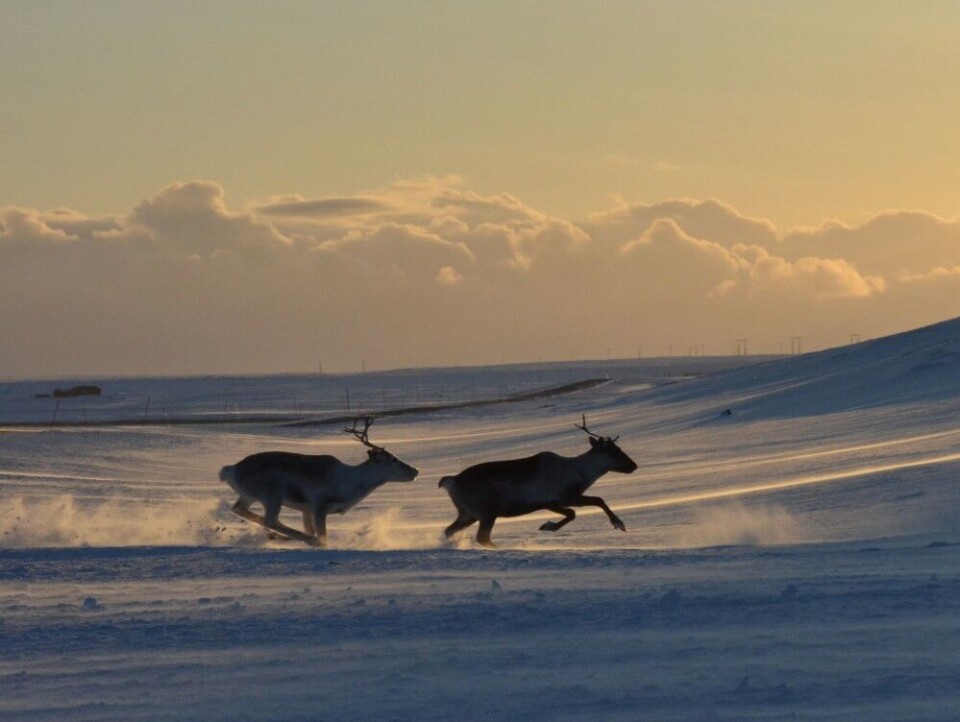
Thousands of reindeer gone astray in Lapland
Ice-cover under the snow, caused by climate changes, creates severe challenges for reindeer in northern Finland this winter.
Whereas further south the reindeer can munch on easily accessible lichen under the snow, north in Lapland lichen-consumption comes with a lot more difficulties to the animals.
Some of the stray reindeer went over 100 kilometers south of their supposed location to find adequate quantities of nutrition.
According to herders speaking to the BBC, thousands of reindeer have gone missing north in Finland this winter.
A layer of impenetrable ice solidifying atop of their food source made it impossible for the animals to access the lichen, which is a key staple in the reindeers’ diet during winter months.
Climate change is the cause for this unexpected icy phenomenon. If rain and warmer temperatures, which produce slush-like snowmelt, are rapidly followed by colder sub-zero temperatures, a hard layer of ice covering the soil forms, Finish broadcaster YLE explains.
According to Jouku Kampula, an experienced scientist at Finland’s Natural Resources Institute, “Reindeer cannot dig [through] the ice as it is hard and so they move away in search of ground where there is just snow that they can remove easily and eat up the lichen below.”
This explains the recent migration and sudden disappearance of the thousands of reindeer, Kampula said to the BBC.
Lapland is renowned for its reindeer herding, which is also the way many Sami indigenous people in the region make a living. Currently, Lapland herders are working around the clock to bring back their herds (and business). However, returning the animal flocks back to the north is both a complex and costly process.
The different reindeer herds have intermingled on their way southwards. Therefor locating one’s own animals from those of other herders is quite complex. Although the reindeer are typically equipped with GPS trackers, these do not always work, and even if they do, the devices sometimes get separated from the rest of the herd. In these situations, herders must sift through groups of thousands of reindeers one by one.
Anna-Karin Svensson from the Swedish Reindeer Herders’ Association claims that looking for reindeer tracks in the snow is the most reliable indicator of where the herds are going. However, this entails high quantities of fuel for many hours of driving and manual tracking. Other effective, yet more expensive tracking options include the use of helicopters to locate the herds.
Apart from being a big current crisis to the Lapland reindeer industry currently, the weather conditions caused by rapid climate change are likely to become a trend rather than a one-time occurrence. As the Arctic is estimated to be warming twice as fast as any other region on the Earth, the snowy conditions in the polar circle are more and more likely to be disrupted by warmer temperatures during the winters.
Reindeer migration might become an annual routine, which will put Sami traditions, culture and livelihoods into serious strain and the reindeer business into jeopardy.

















